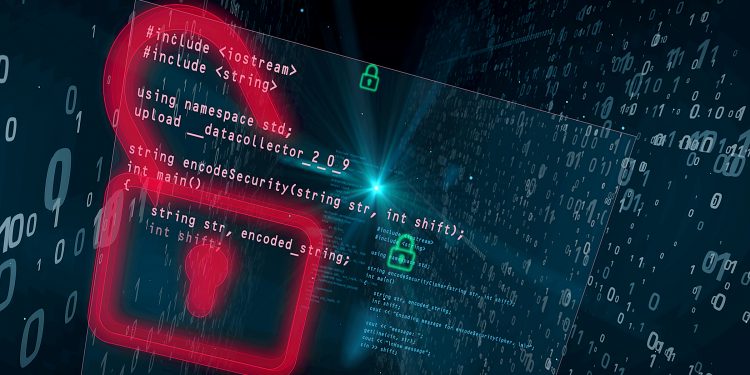In recent few years tech industry has faced so many cyber security challenges like Data Hacks, security violations or data leaks that both government organizations as well as private companies have been severely affected by these incidents. Worldwide cyber security experts are trying to bring improved protocol to safeguard vital processes. In spite of that the innovative minds of the hackers still become able to find vulnerabilities in almost every new security system that hits the market. But this time five emerging security technologies are expected to counter the malicious attacks of the hackers effectively. German casinos follow these techniques and take this matter quite seriously.
1. Authentication of the hardware
Everybody is aware that mere setting of unique usernames and passwords are not adequate these days to protect an account from being stolen. Hence a more secured authentication is required. One method is to incorporate authentication into a system’s hardware. This system will add several hardware-enhanced factors all together to validate a user’s identity.Earlier Intel has built special types of chipset for security purposes to make a device play a part in the authentication process. Good authentication needs three things from users: password; a username; and finally what you have, for instance a token. In this advanced Authentication process, the device itself becomes the what-you-have.Though this method is not new as it is widely used in licensing technologies and tokens, but applying system into cyber security protocol will certainly reduce the risk of data theft.
2. Analytics of the user and the behavior
User behavior analytics finds out anomalies in users’ activities and sends alerts to IT security teams of suspicious behaviour. Hence if someone’s login details are hacked, whoever is accessing it is likely to engage in all types of malicious actions. This can cause a red flag to system defenders if they employ user behavior analytics (UBA). UBA works with the help of big data analytics which mainly monitors anomalous behaviour by a user.
According to industry experts user activity happens to be foremost concern of security professionals. Once a hacker gains access into an enterprise the first thing he does is compromise all important credentials.
UBA incorporates machine learning, statistical analysis and algorithms, to identify if there is a deviation from usual patterns, notifying which of these anomalies can be a potential threat. UBA also aggregates the data from reports and logs, as well as analyzes file.
This system mainly focuses on insider threats, for example employees who are dissatisfied with the company or already been compromised. If there are some people who already have access to the company’s data system and can plan targeted attacks or fraud attempts they will be easily identified with the help of this UBA system.
Moreover, UBA is an effective tool that helps employees to learn better security practices. One of the biggest issues in a company is employees not always adhere to company policy, To be able to spot those people and reduce that risk by training them appropriately is essential.
3. Prevention of data loss
In order to prevent exposure of important data, Tokenization and encryption are often considered very important methods to secure them. When a confidential data is being stored on the Internet it can be compromised by attackers. Data Loss Prevention (DLP) technology therefore helps to prevent data breaches, exfiltration, as well as unwanted damage of sensitive data. Organizations make use of DLP to protect and safeguard their data and abide by the regulations. With the help of DLP it is possible to protect the data up to the grass root level and the organization can thus be benefitted in several ways.
Some DLP solutions can even identify common types of sensitive information (for example; credit card details and social security numbers, confidential data, personally identifiable information etc) on their own. Besides that, with this solution you can run a thorough network scan which can reduce the exposure and risk dramatically.
An organization can be greatly supported by providing data privacy and security regulations in order to protect their payment card information (PCI), protected health information (PHI), along with personally identifiable information (PII).
DLP systems offer corporations the visibility of what’s going out of the building. Users will be prevented from sending out sensitive data. If DLP system is incorporated, a company can notice who’s trying to send out information and probably stop a data breach before it causes too much harm.
4. Learning Deeply
Deep learning consists of a number of technologies, for example artificial intelligence and machine learning.
Similar to user behavior analytics, deep learning studies anomalous behavior. This helps to understand where malicious, susceptible behavior deviates from legitimate or acceptable behavior when it comes to security.
Deep learning (DL) is currently used across various different commercial applications. As corporate networks has become a prime target for threat actors, software vendors started using deep learning in addition to other types of AI in cyber security.
People are noticing artificial intelligence in the past five years has advanced to a great extent due to deep learning.
Deep learning algorithms works best on big data. The generalisation error bound minimizes when the training data set size goes bigger. This signifies when deep learning functions better in terms of performance and efficiency, traditional machine learning systems has some limitations no matter how much more data is incorporated.
Deep learning can benefit from parallel computational power to explore better models, with the rapid advances of GPUs, deep learning models can be functional and optimised in a more competent manner than before.
Some technologies that have changed from traditional machine learning method to deep learning consist of language translation, face detection and also speech recognition. Deep learning is not the answer to for all security related problems, but it is best for detecting known and unknown network security threats, and it has proven to be a transformative factor to deal with challenges in cyber security.














